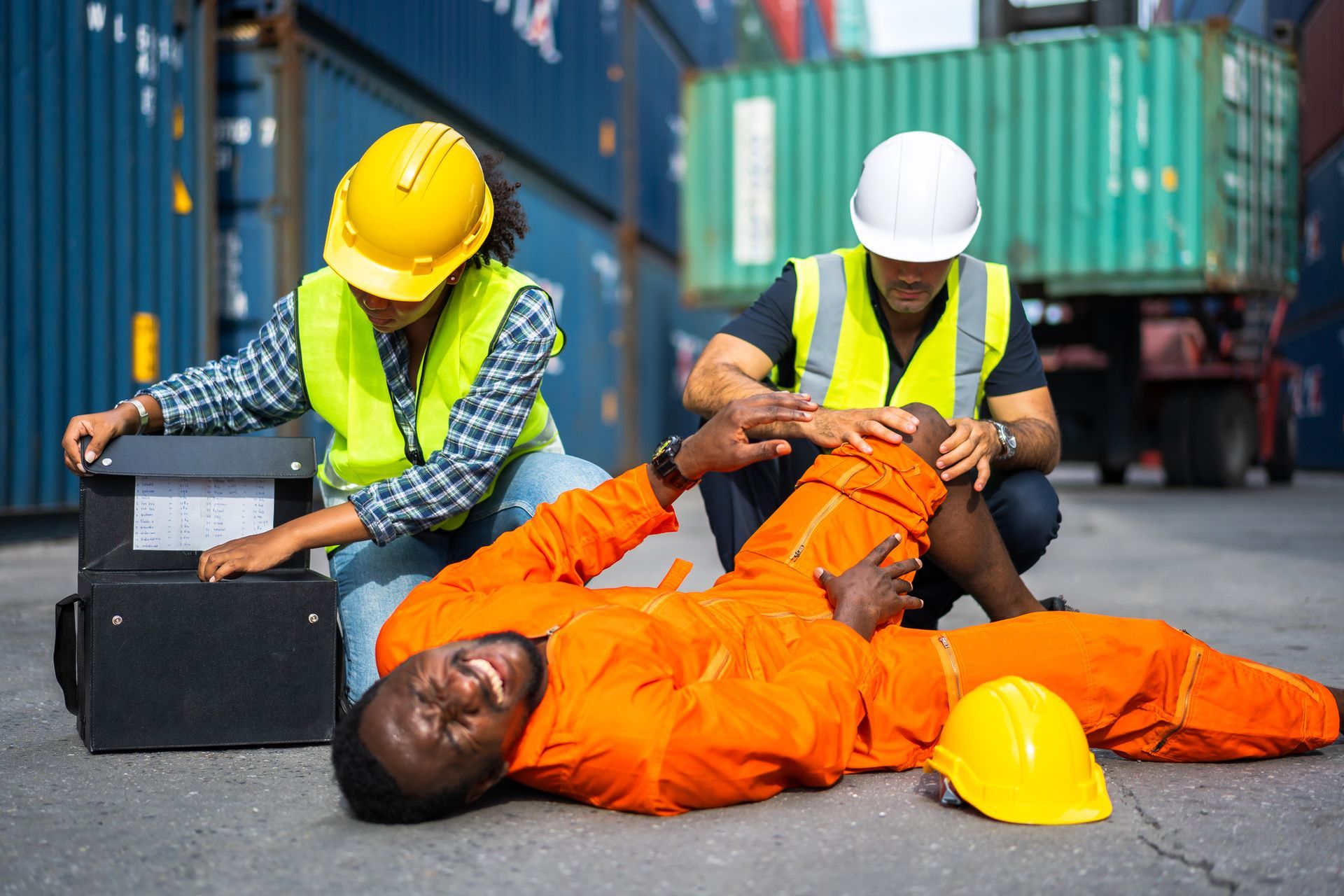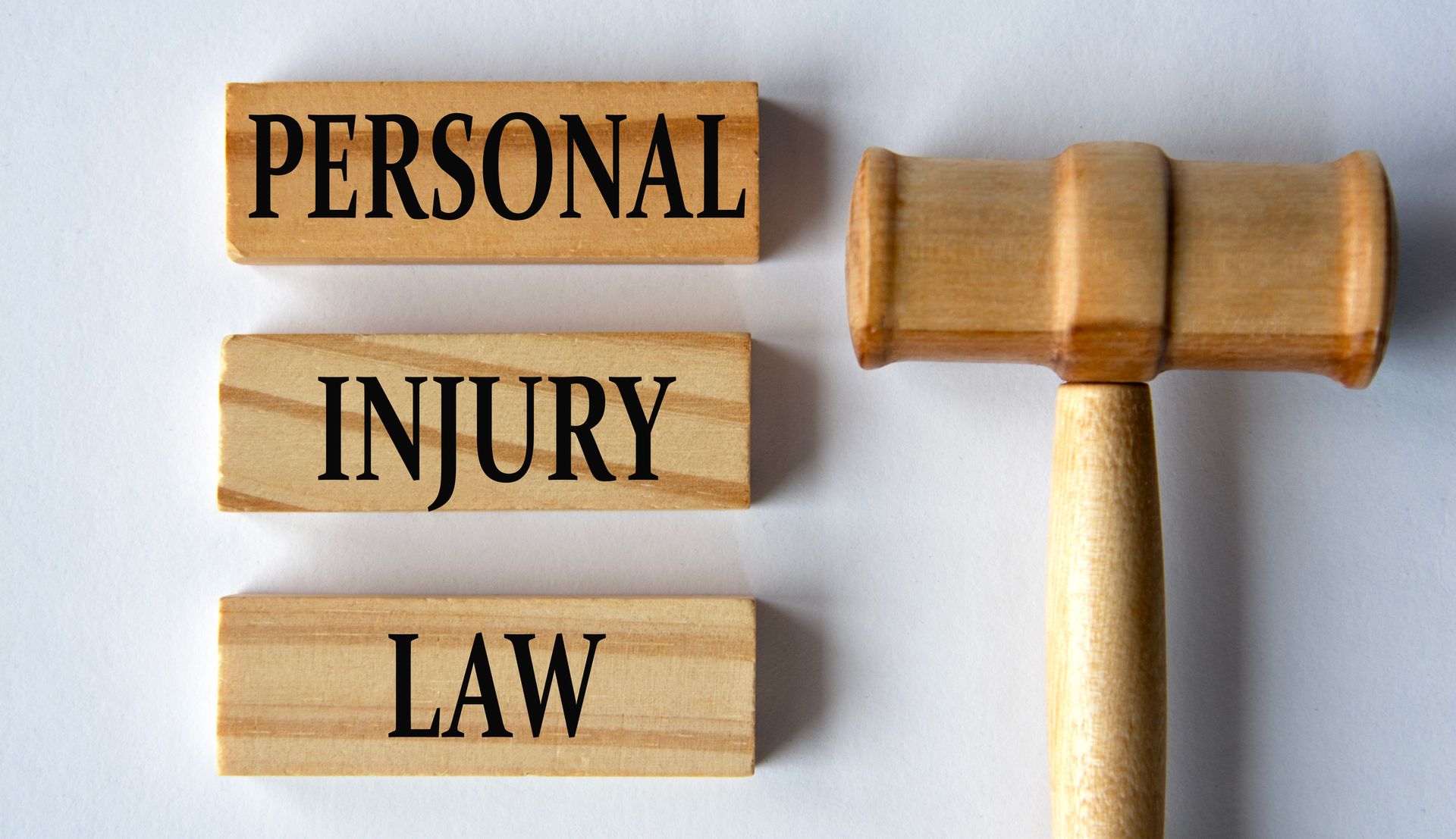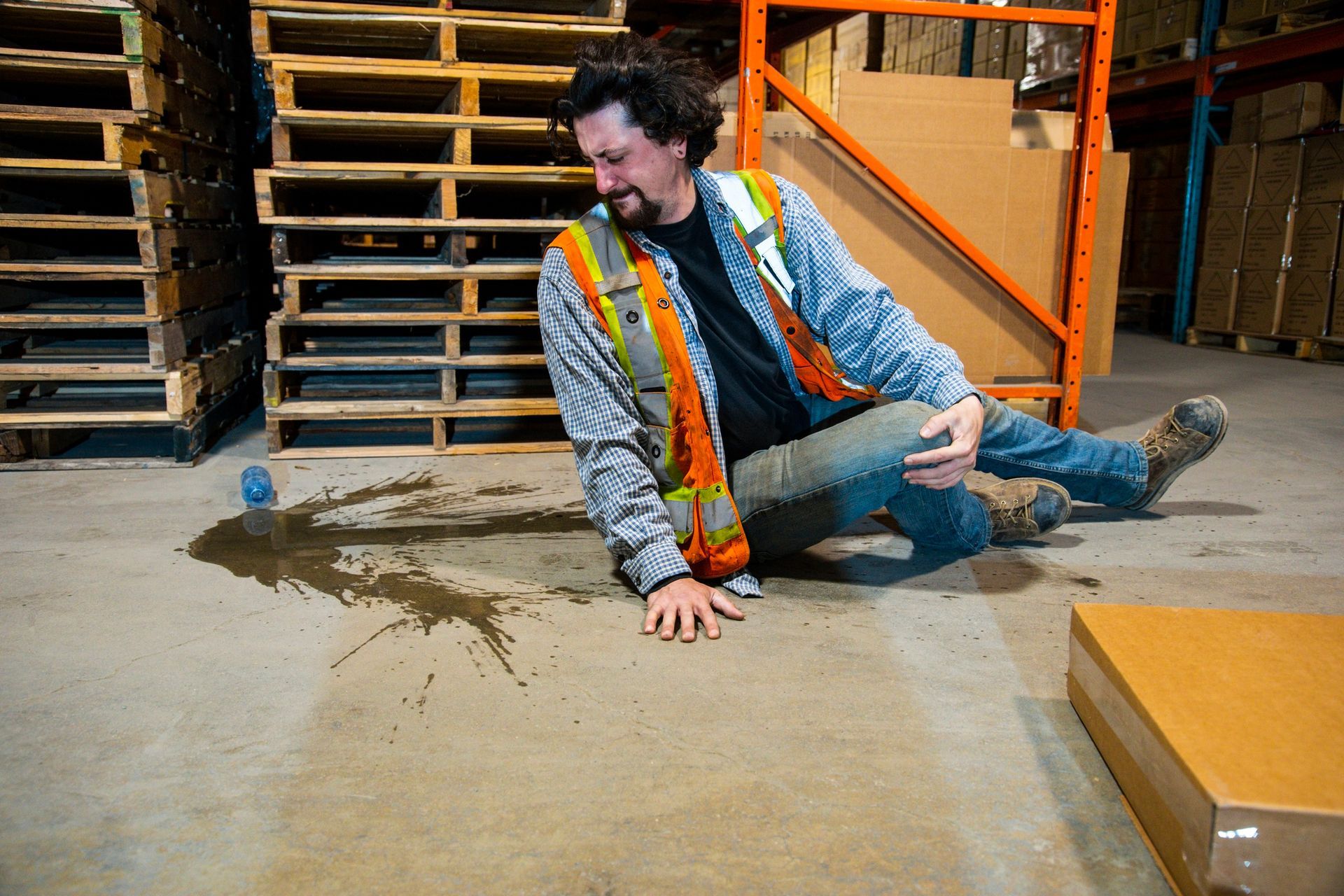Orange Barrels
ORANGE BARRELS
It’s that time of year again. No, not spring break. Orange barrels—detour signs—I’m going to be late time of year again. Work zones are everywhere, and while it’s good that the sorry state of this country’s infrastructure is being addressed, it’s not good that the work zones present a constant interruption to our daily lives. The work zones can present more than an interruption, however; they too often present the risk of life and death accidents.
THE GRIM STATISTICS
Between 2018 and 2019, fatal crashes in work zones increased by 11 percent while fatal crashes outside of work zones decreased by 2 percent. Work zone fatalities reached a 15-year high in 2019. Since 2013, work zones have grown increasingly dangerous. Between 2013 and 2019, work zone fatalities increased 42%. In 2019, over 115,000 work zone crashes were estimated to have occurred resulting in over 39,000 injuries and 842 fatalities. Economic costs of these crashes have been estimated at over $17.5 billion annually.
The Georgia Department of Transportation said work zone fatalities more than doubled between 2014 and 2017, when 55 people died. Another 52 people died in work zone accidents in 2018.
In 2020, during the COVID-19 pandemic, work zone crashes & fatalities climbed despite lower traffic volume. For the first half of 2021, USDOT projects another 18.4% increase in fatalities over 2020 and the largest number of traffic fatalities since 2006.
PEDESTRIANS KILLED IN WORK ZONES
In 2018, there were 122 cases of pedestrians killed as a result of a work zone crash. Work zone pedestrian fatalities are often assumed to be members of the public who have fallen into complacency walking along the work zone. However, in 2018, 38% of pedestrian fatalities in work zones were people who were working there, primarily engaged in road work, utility work, and planning/surveying. Work activities at the time of death include activities such as installing traffic signs, reopening a lane, flagging, picking up debris, replacing damaged concrete, paving operations, exiting a work vehicle, utility work, construction labor, DOT electrical work, DOT maintenance work, fence contracting, repairing guardrail, stringing cable guard rail, and repairing a bridge.
HOW TO AVOID WORK ZONE ACCIDENTS
An analysis of the increase in work zone accidents shows that speeding in work zones accounted for the most accidents—40%. Rear-end collisions are the second biggest cause of work zone accidents, at 29%, with commercial vehicle accidents accounting for 16% of work zone crashes. Driver inattention, or distracted driving, is a major factor in work zone accidents and encompasses all of the above, since lack of attention to one’s rate of speed, distance to the car ahead, the placement of commercial vehicles on the road, and the location of workers and pedestrians leads to accidents in these categories.
SAFETY TIPS
With these statistics in mind, avoiding accidents in work zones involves some simple, common sense safety measures:
- reduce your speed when driving through work zones;
- increase the distance between you and the car ahead;
- keep a watchful eye on commercial vehicles and don’t get blocked in between them;
- stay alert and aware of workers and pedestrians in work zones, who may not be able to hear or see traffic; and
- be prepared for sudden changes in direction, for sudden lane shifts, and for uneven surfaces.
CONTACT YOUR ATTORNEY
If you or someone you know has been involved in an accident in a work zone, contact Dave Thomas at The Thomas Law Firm for a free evaluation of your legal rights. You might be entitled to compensation for medical costs, for lost wages, for lost earning capacity, for pain and suffering, and for other damages.








